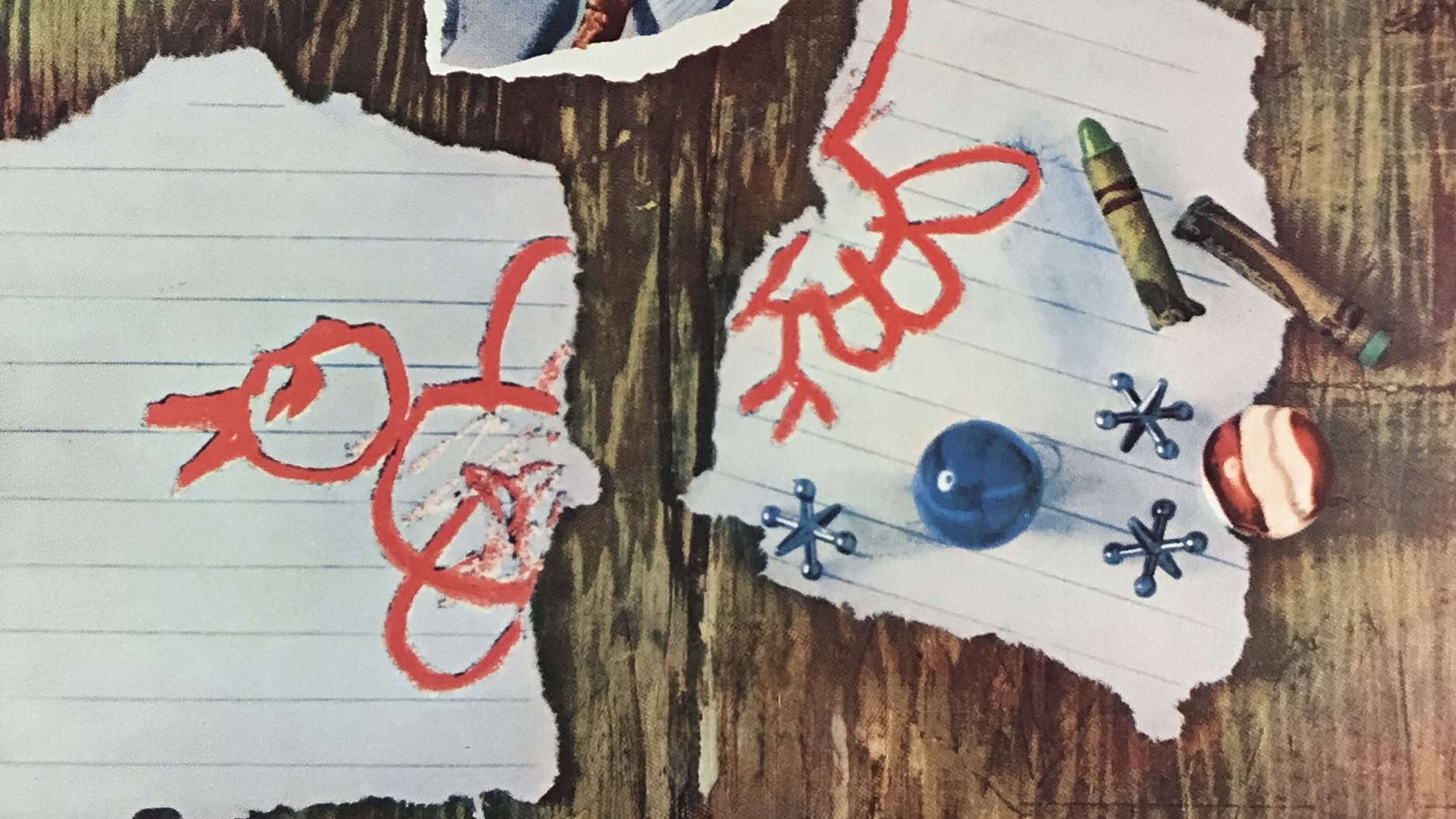By Drew Dietsch
| Published

My philosophy with fiction is that every story is a horror story until it isn’t. Horror as a genre term is often misunderstood or outright prejudiced against by commentators who don’t actually respect it. It’s why you’ll still hear frivolous debate about “Is The Silence of the Lambs a horror movie? Is Jaws a horror movie?” when these kinds of examples always end with the same answer from anyone who understands storytelling. That answer is, “Yes. Of course it’s horror.”
This perspective has led me to see stories as horror that others would likely not. It’s in this vein that I put forth the thesis teased in this article’s headline: To Kill a Mockingbird is a horror story. More to the point for my specific argument, To Kill a Mockingbird is a horror movie.
Let’s Talk About Black Horror

I recently wrote a review for one of my favorite film documentaries, Horror Noire: A History of Black Horror. You can read that review here, but the reason I bring it up is because it’s one of the most important documentaries I’ve watched when it comes to giving me a much-needed viewpoint on art criticism and analysis. As is said in the film, “Black history is Black horror,” and it was that comment that started me thinking about To Kill a Mockingbird as a horror movie.
The story of To Kill a Mockingbird eventually centers around the trial of Tom Robinson, a Black man accused of assaulting a white woman. As it’s presented in both Harper Lee’s novel and Robert Mulligan’s film, we know that Tom is innocent. But, he is pronounced guilty because of racial prejudice and is shot dead when he tries to escape.
Though IMDb has genres like “legal drama” and “period drama” on its page for To Kill a Mockingbird, I see nothing but horror in the depiction of an innocent Black man being railroaded into an unjust verdict. There is even a chilling scene where Atticus Finch, the story’s moral center, has to guard Tom’s cell at night for fear of townsfolk coming to kill him before his trial.
But, I’ll be completely honest with you and say that the Black horror part of To Kill a Mockingbird isn’t my strongest argument for its horror movie status. No, I have all the ammunition I need thanks to Boo Radley.
The Monster Next Door

A key factor in the story of To Kill a Mockingbird is the ominous figure of Arthur “Boo” Radley, the neighbor of the protagonist Scout Finch. Boo is treated as a local monster who no one ever sees. Naturally, Boo is used as a metaphor for not understanding another person because they are different from you. It’s a classic way to talk about prejudice in both a racial context and also a broader humanistic way.
But, there is a classic horror element in To Kill a Mockingbird in that the people we believe are monsters aren’t the real villain. Bob Ewell, the drunken racist who is the real perpetrator of the assault on his own daughter, eventually attacks Scout and her brother, Jem. And who should be the one to save them? Why, it’s the monster next door, Boo Radley.
I feel like Guillermo del Toro would be the only modern director who could remake To Kill a Mockingbird and emphasize its horror movie elements in a way audiences would “get it.” In many ways, To Kill a Mockingbird is also a noir story as that genre is about the seedy darkness festering at the heart of so-called civilized society. I watch Nightmare Alley and think, “Yeah, I want him to do this with To Kill a Mockingbird.”
Horror, Not Drama

I hate the genre “drama” because that’s not a genre. Drama is the inherent motivation behind the construction of narrative art. “Drama” is just a way to tell you it’s going to be a movie about regular people talking in rooms. Instead of giving it the bland label of drama, To Kill a Mockingbird should be embraced as a historical horror noir movie about the monsters we are still dealing with today.
I love To Kill a Mockingbird as a novel and maybe even more as a film. So, I’m going to keep calling it a horror movie because it is one.
